Coert van Gemeren
Technique Report of CVPR 2024 PBDL Challenges
Jun 15, 2024
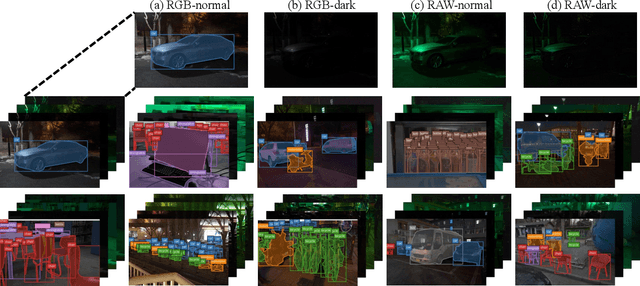
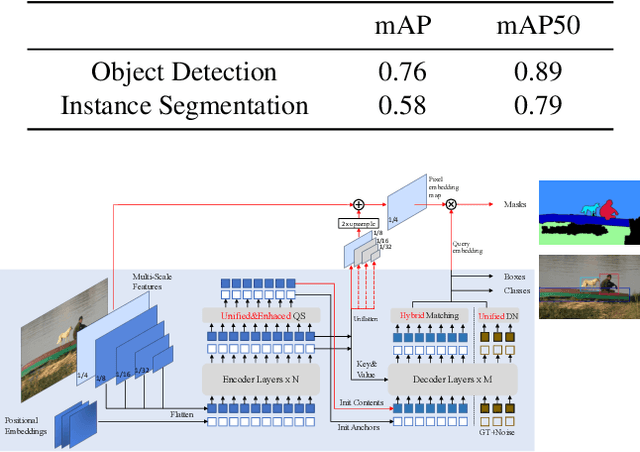

Abstract:The intersection of physics-based vision and deep learning presents an exciting frontier for advancing computer vision technologies. By leveraging the principles of physics to inform and enhance deep learning models, we can develop more robust and accurate vision systems. Physics-based vision aims to invert the processes to recover scene properties such as shape, reflectance, light distribution, and medium properties from images. In recent years, deep learning has shown promising improvements for various vision tasks, and when combined with physics-based vision, these approaches can enhance the robustness and accuracy of vision systems. This technical report summarizes the outcomes of the Physics-Based Vision Meets Deep Learning (PBDL) 2024 challenge, held in CVPR 2024 workshop. The challenge consisted of eight tracks, focusing on Low-Light Enhancement and Detection as well as High Dynamic Range (HDR) Imaging. This report details the objectives, methodologies, and results of each track, highlighting the top-performing solutions and their innovative approaches.
Applying Transfer Learning To Deep Learned Models For EEG Analysis
Jul 02, 2019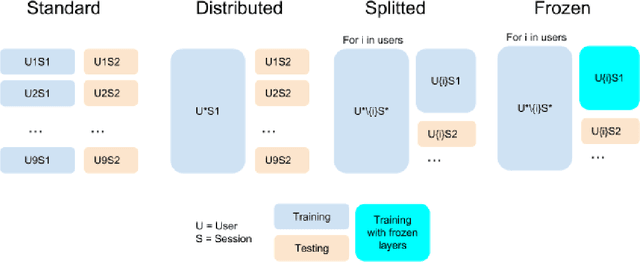
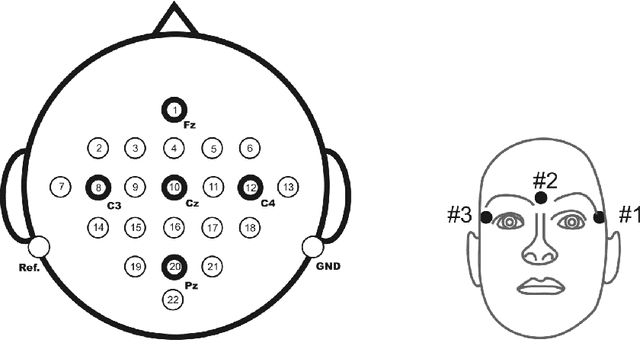
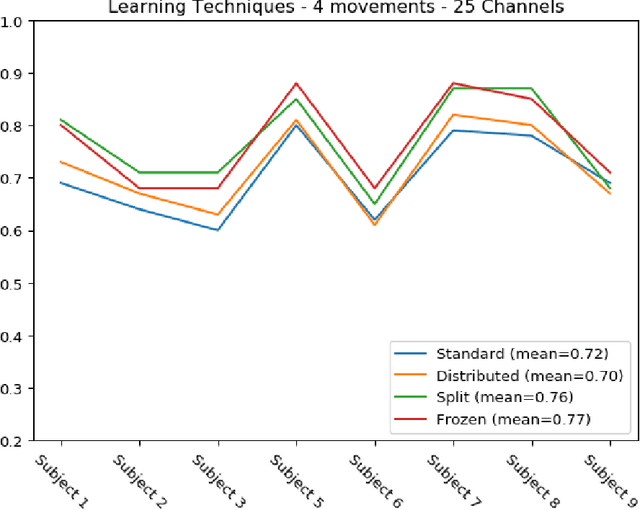
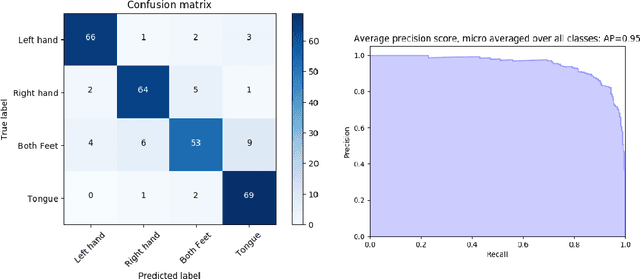
Abstract:The introduction of deep learning and transfer learning techniques in fields such as computer vision allowed a leap forward in the accuracy of image classification tasks. Currently there is only limited use of such techniques in neuroscience. The challenge of using deep learning methods to successfully train models in neuroscience, lies in the complexity of the information that is processed, the availability of data and the cost of producing sufficient high quality annotations. Inspired by its application in computer vision, we introduce transfer learning on electrophysiological data to enable training a model with limited amounts of data. Our method was tested on the dataset of the BCI competition IV 2a and compared to the top results that were obtained using traditional machine learning techniques. Using our DL model we outperform the top result of the competition by 33%. We also explore transferability of knowledge between trained models over different experiments, called inter-experimental transfer learning. This reduces the amount of required data even further and is especially useful when few subjects are available. This method is able to outperform the standard deep learning methods used in the BCI competition IV 2b approaches by 18%. In this project we propose a method that can produce reliable electroencephalography (EEG) signal classification, based on modest amounts of training data through the use of transfer learning.
 Add to Chrome
Add to Chrome Add to Firefox
Add to Firefox Add to Edge
Add to Edge